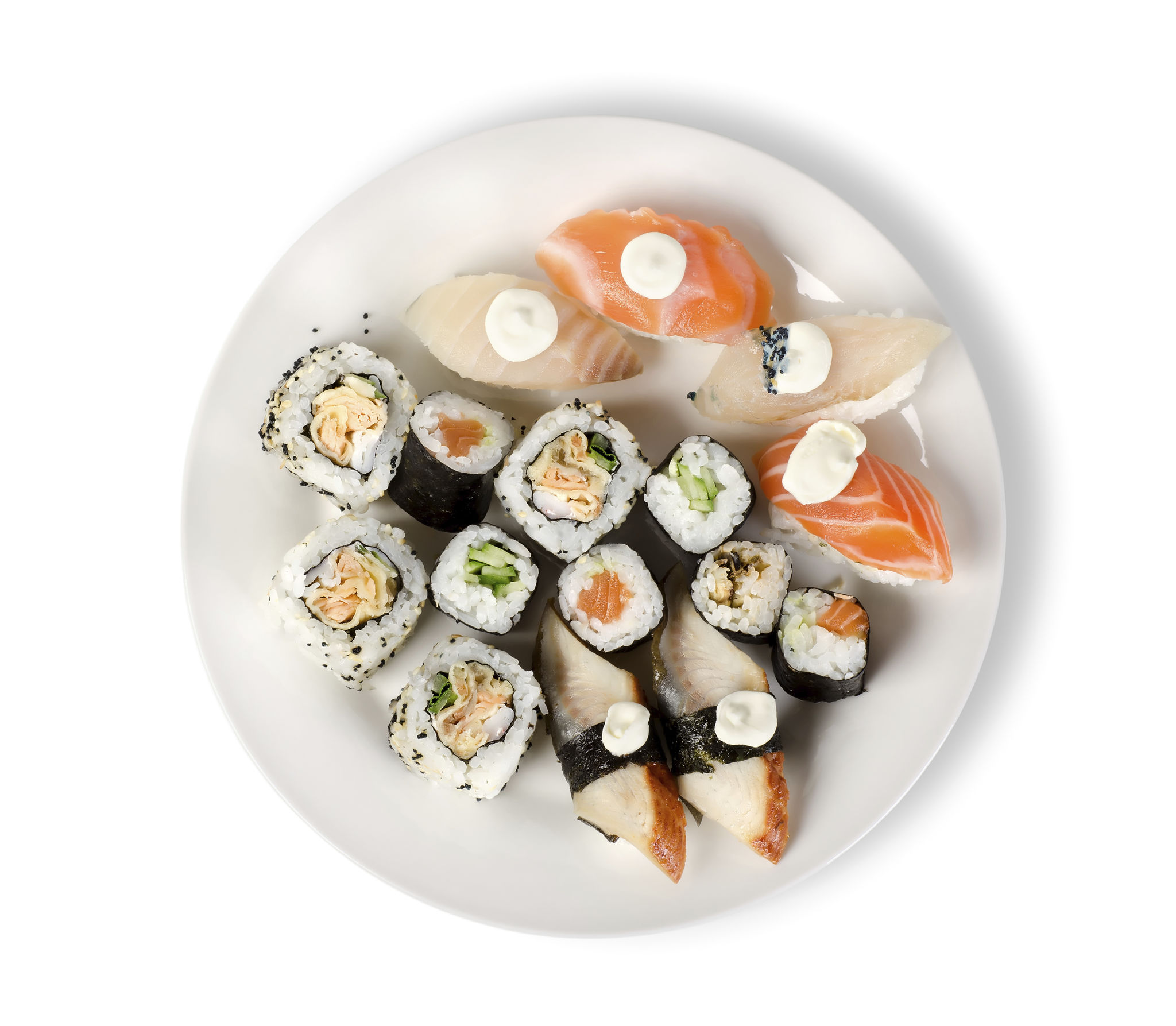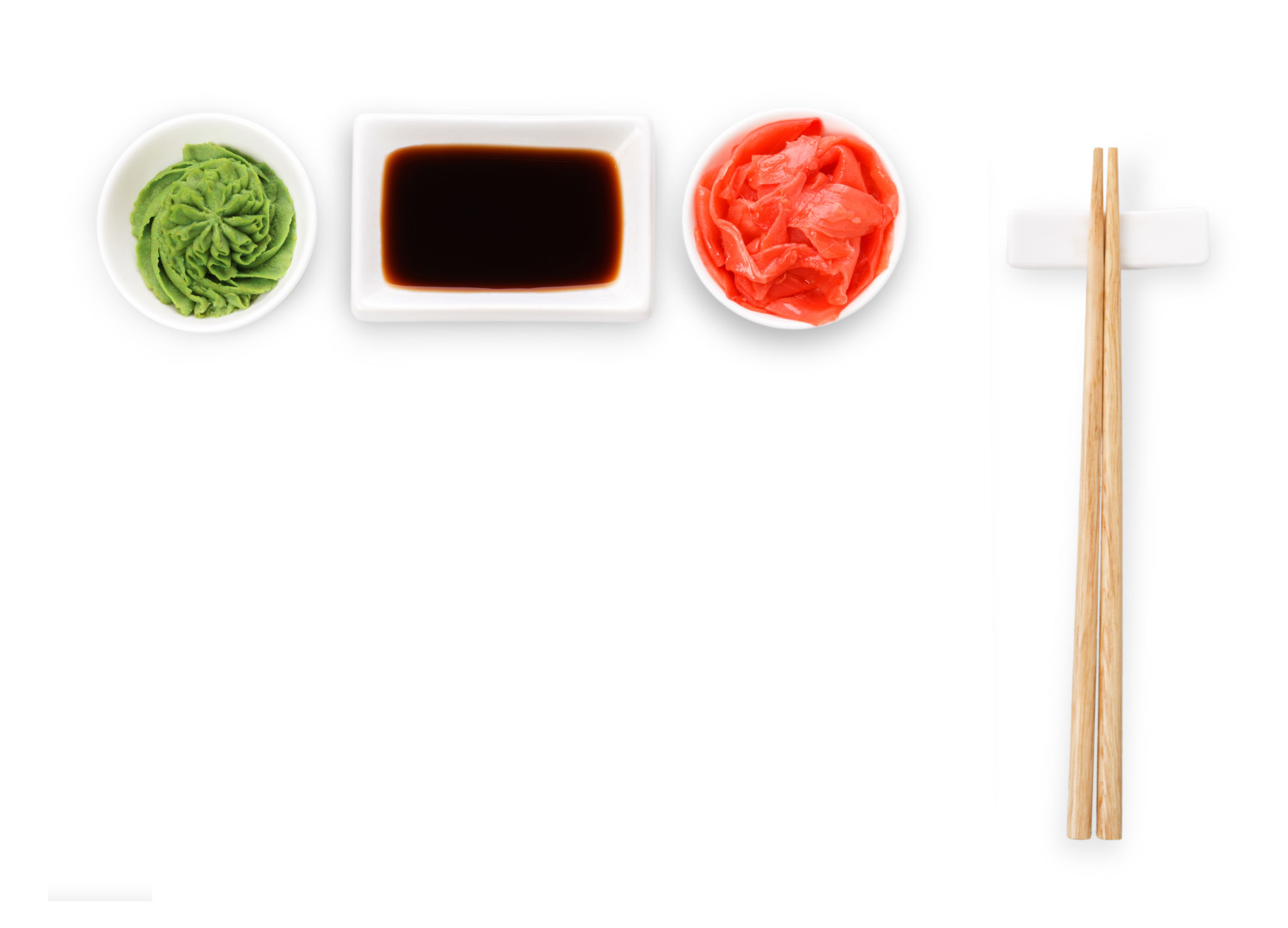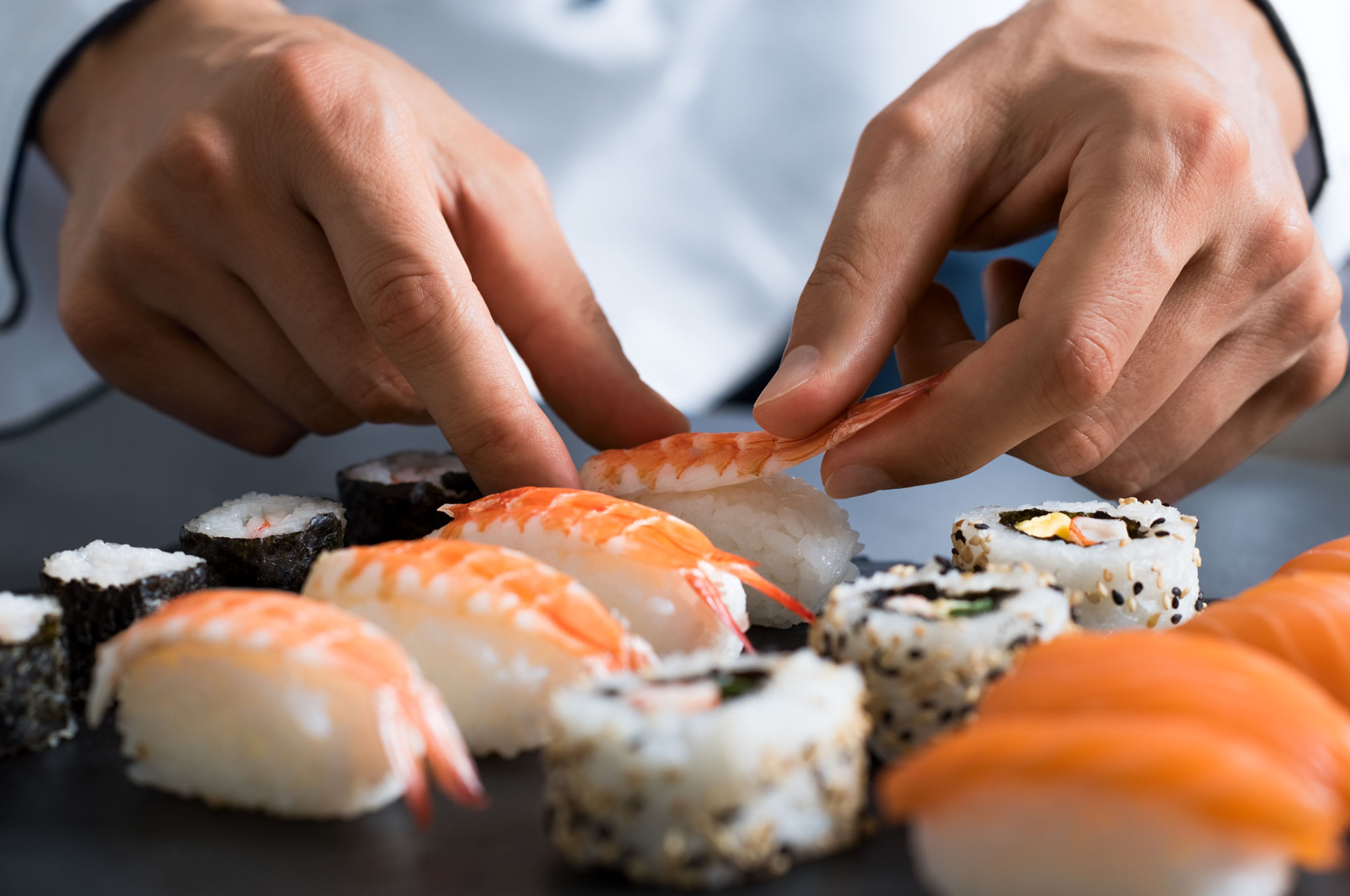The Art of Sushi: A Beginner's Guide to Ordering and Enjoying
Introduction to Sushi
Sushi, a culinary art form originating from Japan, has captured the hearts and palates of food enthusiasts worldwide. Its intricate flavors, delicate presentation, and cultural significance make sushi a dining experience like no other. For beginners, navigating a sushi menu can be both exciting and overwhelming. With this guide, you'll learn how to order and savor sushi like a pro, embracing the artistry behind every roll and nigiri.

Understanding Sushi Types
Before diving into a sushi menu, it's essential to understand the basic types of sushi. The two most popular are nigiri and maki. Nigiri consists of a slice of fish or seafood placed atop a small mound of rice. Maki, on the other hand, involves rolling fish and other ingredients with rice and seaweed (nori) into a cylindrical shape. Other variations include sashimi (sliced raw fish without rice) and temaki (hand-rolled cones).
Choosing the Right Sushi
When ordering sushi, consider starting with milder flavors if you're new to raw fish. Options like salmon nigiri or cucumber maki are great for beginners. As you become more comfortable, you can explore bolder choices like tuna sashimi or eel rolls. Remember that sushi chefs often recommend eating sushi in a particular sequence to appreciate the subtleties of each flavor.

The Etiquette of Sushi Dining
Sushi dining comes with its own set of etiquettes that enhance the experience. When dipping sushi in soy sauce, dip the fish side rather than the rice to avoid overpowering the flavors. Use chopsticks or your hands, whichever you feel more comfortable with, but ensure not to rub chopsticks together as it’s considered rude. Thank the chef with a simple nod or "arigato" to show your appreciation.
Enhancing Your Sushi Experience
Sushi is best enjoyed with complementary elements like wasabi, pickled ginger, and soy sauce. Wasabi adds a spicy kick, while pickled ginger cleanses the palate between different pieces. Soy sauce enhances flavors but should be used sparingly. Pair your sushi with traditional drinks like green tea or sake for an authentic experience.

Sushi Vocabulary for Beginners
Understanding common sushi terms can enhance your ordering confidence. Here’s a quick glossary:
- Sake: Salmon
- Toro: Fatty tuna
- Ebi: Shrimp
- Tobiko: Flying fish roe
- Unagi: Freshwater eel
Sourcing Quality Sushi
The key to enjoying sushi lies in its quality. Always choose reputable sushi restaurants known for their fresh ingredients and skilled chefs. If you're considering making sushi at home, ensure you purchase sushi-grade fish from trusted suppliers. Freshness is paramount in achieving authentic flavors and textures.

The Cultural Significance of Sushi
Sushi is more than just food; it’s a reflection of Japanese culture and tradition. From the meticulous preparation by skilled chefs to the rituals observed during dining, sushi embodies respect, precision, and artistry. As you enjoy each bite, take a moment to appreciate the cultural journey that brings this exquisite dish to your plate.
Conclusion
The art of sushi is a delightful adventure for the senses, offering a blend of flavors, textures, and cultural richness. Whether you're a curious beginner or an experienced sushi lover, understanding the intricacies of ordering and enjoying sushi can transform each meal into an unforgettable experience. Embrace the journey and savor the art of sushi with newfound confidence!
